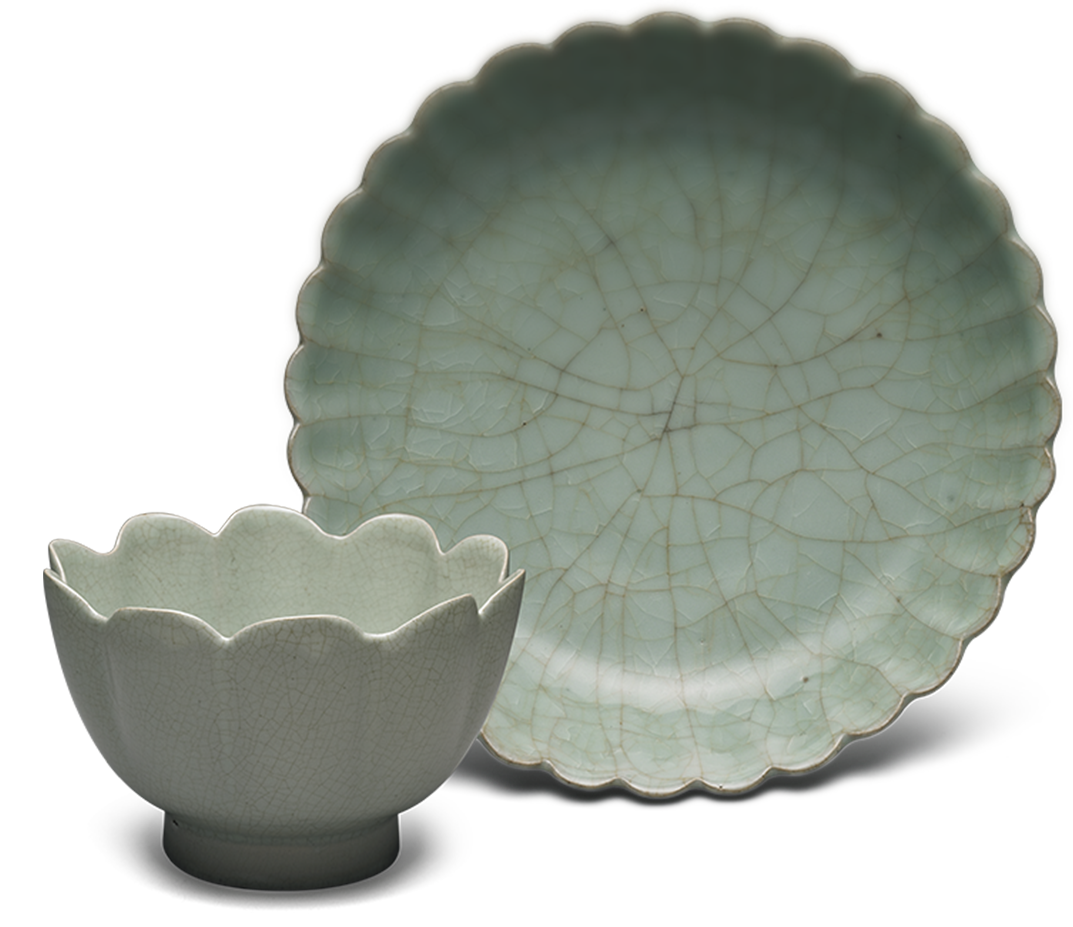Ru wares, which stand out prominently in the writings of Song dynasty authors, were fired at kilns located at Qingliang Temple in Baofeng County, Henan Province. The firing and use of Ru celadon are described by Song authors as follows: "They were only offered for imperial selection, and those rejected were permitted to be sold" and "At the time of the old capital (of the Northern Song, Kaifeng), Ding vessels did not enter the Forbidden City, only those of Ru." These citations offer historical testimony that Ru wares were used at the court. Furthermore, Xu Jing in his Illustrated Travels of the Xuanhe Emissary to Goryeo (1124) points out the similarity between Goryeo celadons in what is now Korea and Ru wares. Taken together with samples excavated from the Qingliang Temple kiln site close to Goryeo celadon, there is now also evidence for exchange between the Ru kilns and those outside of China.
"Official kilns" generally refer to sites where ceramics were fired for court use. Official kilns were established in the Northern Song under Emperor Huizong, and textual records refer to them as "official kilns of the capital." However, up to now, concrete proof of their exact site has yet to be found, making it difficult to ascertain anything about their nature. If, though, the similarity between some vessel shapes of Southern Song Official (Guan) wares and Ru porcelains is taken into consideration, then at least from the viewpoint of ceramics fired for official use, Ru wares indeed can be seen as the official wares of the Northern Song.
Narcissus basin with celadon glaze
Ru ware, Northern Song dynasty, late 11th- early 12th century
H. 6.1 cm, w. of mouth 15.8 x 23.1 cm, w. of base 13 x 19.5 cm


.jpg)
.jpg)
.jpg)
